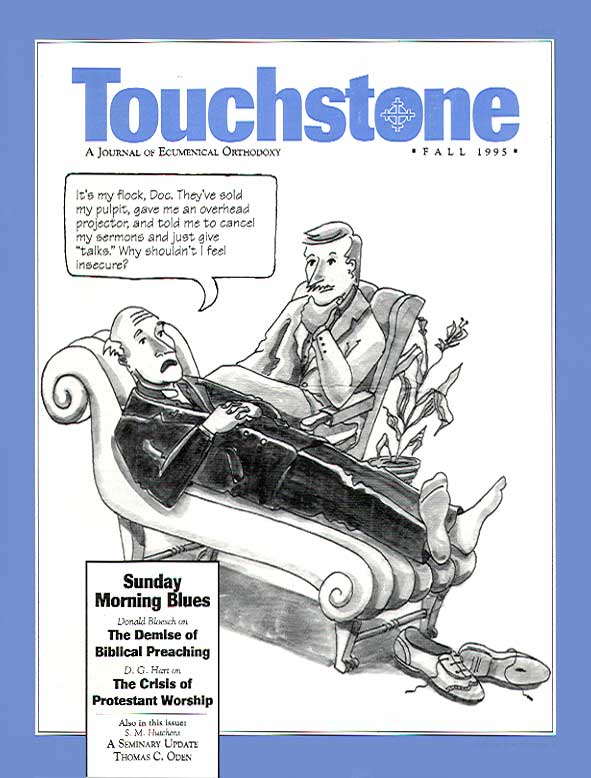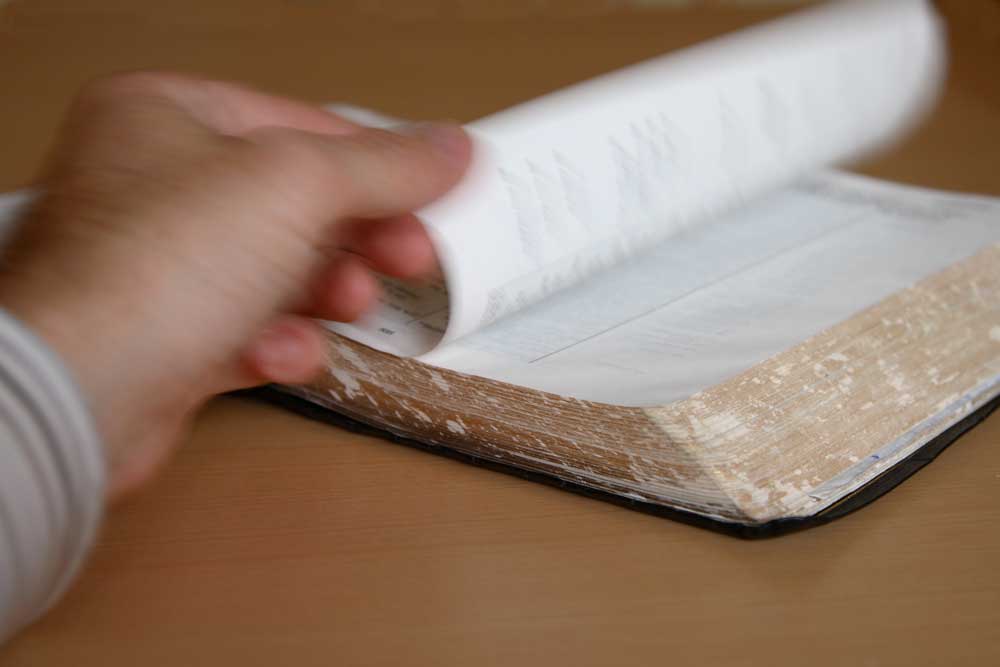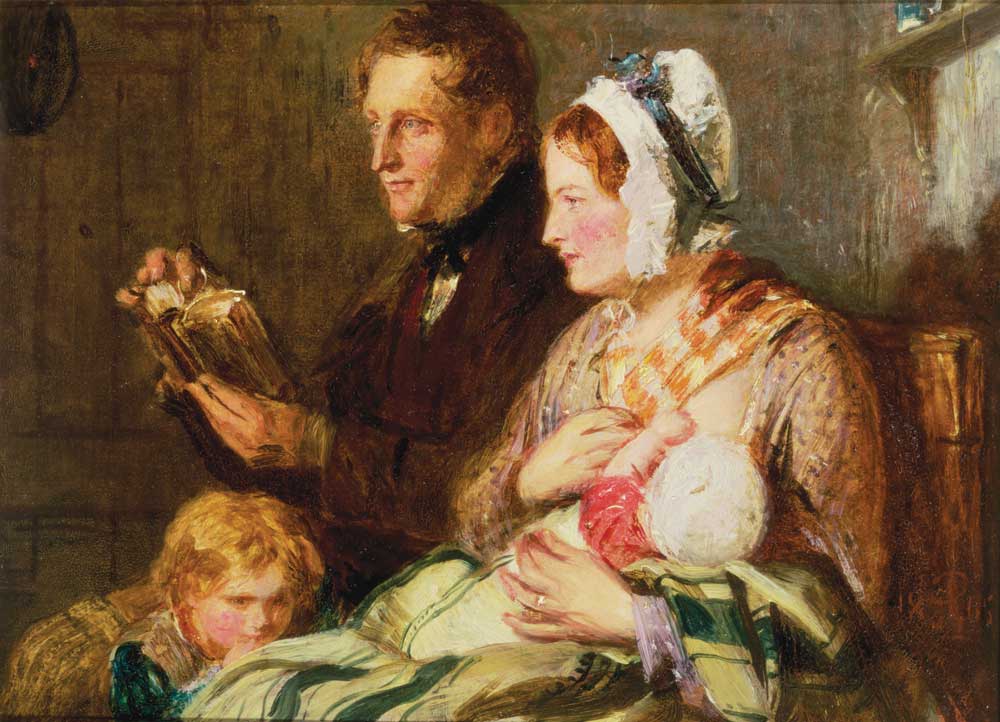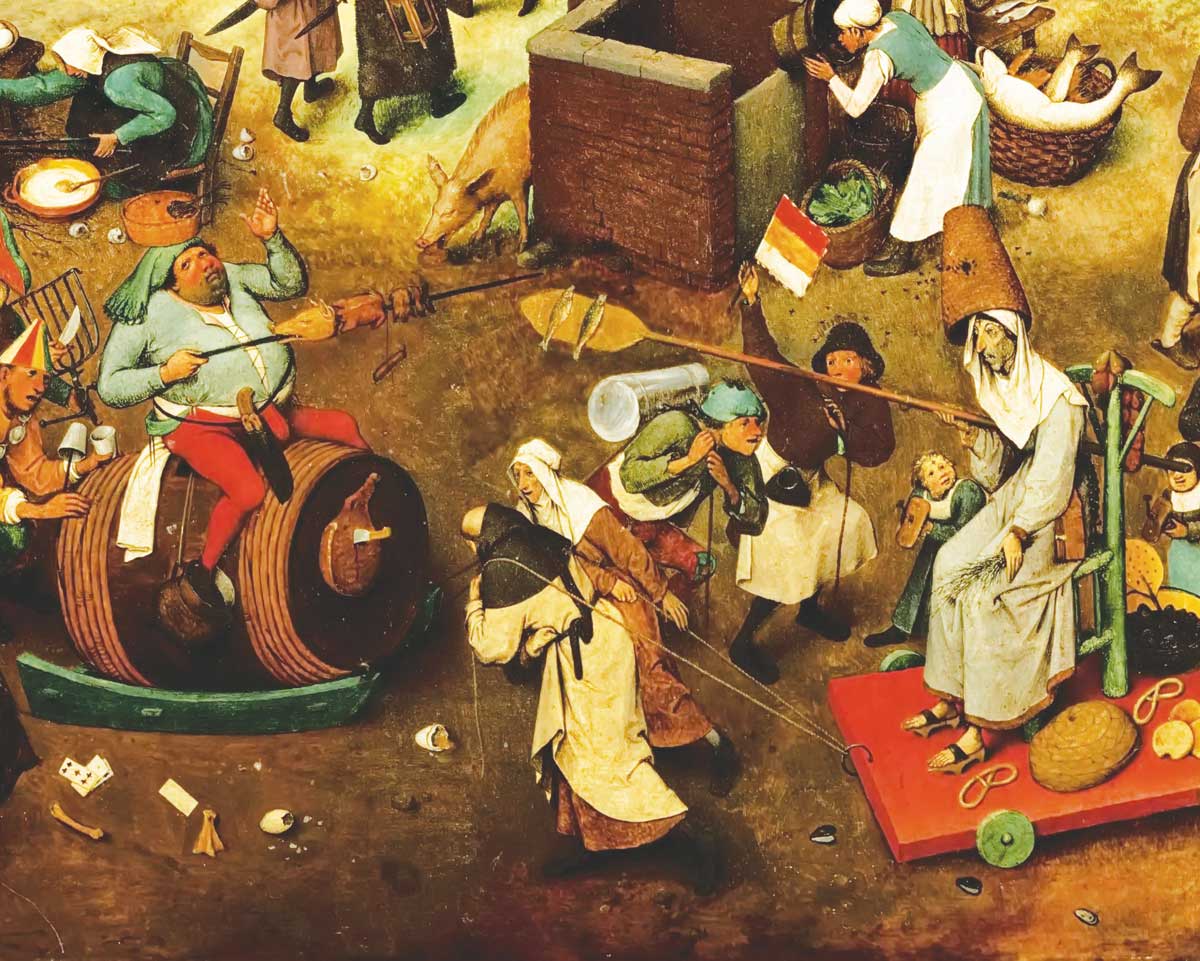Reforming Worship
Reverence, the Reformed Tradition, & the Crisis of Protestant Worship
by D. G. Hart
Within evangelical circles the clergy and laity alike are giving great attention to worship. Should congregations sing “praise songs” (complete with overhead projectors and guitars) or should trained choirs (complete with robes and pipe organ) sing the great works of sacred music? Should services be updated to become user-friendly, accessible for the unchurched, or should they continue in traditional patterns even if bewildering to visitors? Should the minister be the only leader of the service or may the laity also lead worship, whether in prayers or song? In a culture that finds talking heads boring, should the thirty-five minute sermon continue to be the central element of worship or should congregations be open to less verbal forms of communication such as liturgical dance and drama? These are questions that bedevil not just evangelicals but also Presbyterian and Reformed congregations in North America and increasingly throughout the world.
Frustrated by what they perceive as the shallowness and emptiness of much contemporary worship, some conservatives have left evangelical and Reformed communions for the Episcopal Church as well as the Eastern Orthodox Church and the Roman Catholic Church. These people are fed up with worship that according to one critic is “a personalized, subjective, make-it-up-as-you-go-along affair.” No one can agree what worship is. “Is it banging a tambourine, participating in evangelism, prayer, singing, speaking in tongues—what?”
What is curious about the contemporary discontent over worship is that the paths of those leaving for Canterbury, Rome, and Constantinople never go through Geneva. Yet Reformed worship has not been hospitable to the subjectivism, individualism, or banality that these pilgrims are fleeing. Evelyn Underhill, in her book, Worship (1937), described John Calvin’s worship as an “austere Puritanism” that “utterly concentrated on the Eternal God in His unseen majesty” and “has a splendour and spiritual value of its own.” Reformed worship, Underhill continued, was “a powerful corrective of humanistic piety; driving home the abiding truth of God’s unique reality and total demand, and man’s poverty, dependence, and obligation.” This would appear to be a welcome corrective to the man-centered, therapeutic spirit that characterizes so many worship services today.
So then, why aren’t more of the critics of evangelical worship dusting off copies of Calvin’s Ecclesiastical Ordinances and the Genevan Psalter? Underhill’s description of Calvin’s worship provides clues for an answer.
No organ or choir was permitted in his churches: no color, nor ornament but a table of the Ten Commandments on the wall. No ceremonial acts or gestures were permitted. No hymns were sung but those derived from a Biblical source.
People looking for elaborate liturgy, heightened experience and high drama, find little appeal in Reformed worship. The Reformed tradition stripped worship bare, critics argue, denying the human elements of worship, and left Presbyterians with no liturgy, no ritual, and hence, no room for a sacramental presence in worship.
Yet, this criticism of Reformed worship, which many contemporary Calvinists would probably second, misunderstands liturgy and sacrament. After all, every church has a liturgy whether its members think of themselves as liturgical or not. Liturgy is merely the form and order of worship. Both the highest Anglo-Catholic Mass and the lowest evangelical “praise and worship” service are liturgical in the narrowest sense of that word. Obviously, they differ dramatically in liturgy. But both embody a form and order of worship. Even Underhill, who criticized Calvin, recognized the liturgical character of Reformed worship: “the bleak interior of the real Calvinist church is itself sacramental: a witness to the inadequacy of the human over against the Divine.”
From a different perspective, then, Reformed worship may be one of the highest or most churchly forms of worship. For Calvin strove to make every aspect of the service, from the design of the church’s interior to the manner of song, conform to the character and grace of the God who revealed himself in Christ and the Scriptures. In fact, Calvin’s theology and understanding of worship seem to fit together and reinforce each other so well that one wonders how people in the Reformed tradition could possibly want or consistently try to maintain Calvinist theology without also enthusiastically embracing the elements and character of Reformed worship as formulated and practiced in the sixteenth and seventeenth centuries.
Calvin and Worship
D. G. Hart works for the Intercollegiate Studies Institute (www.isi.org) and is an elder in the Orthodox Presbyterian Church. He is the author of A Studen't Guide to Religious Studies (ISI Books) and John Williamson Nevin: High Church Calvinist (P&R Books).
subscription options
Order
Print/Online Subscription

Get six issues (one year) of Touchstone PLUS full online access including pdf downloads for only $39.95. That's only $3.34 per month!
Order
Online Only
Subscription

Get a one-year full-access subscription to the Touchstone online archives for only $19.95. That's only $1.66 per month!
bulk subscriptions
Order Touchstone subscriptions in bulk and save $10 per sub! Each subscription includes 6 issues of Touchstone plus full online access to touchstonemag.com—including archives, videos, and pdf downloads of recent issues for only $29.95 each! Great for churches or study groups.
Transactions will be processed on a secure server.
more on protestant from the online archives
more from the online archives
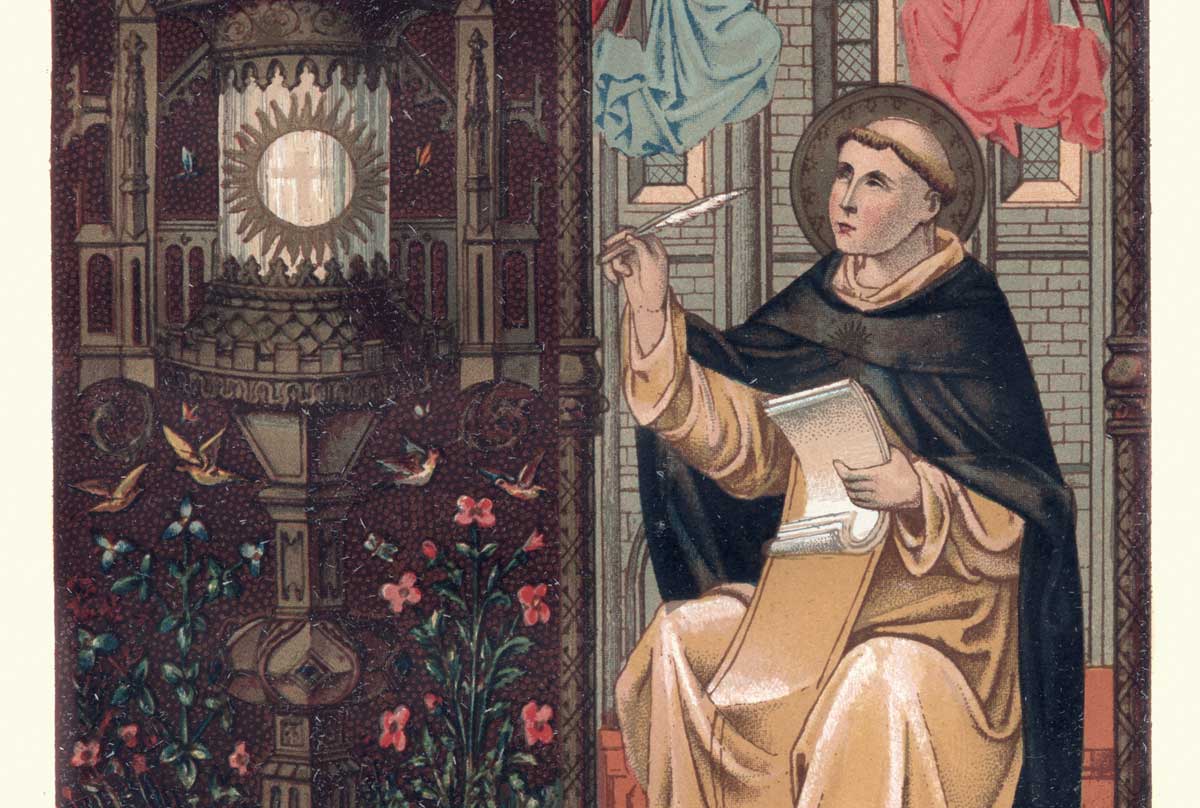
23.6—November/December 2010
Darwin, Design & Thomas Aquinas
The Mythical Conflict Between Thomism & Intelligent Design by Logan Paul Gage
calling all readers
Please Donate
"There are magazines worth reading but few worth saving . . . Touchstone is just such a magazine."
—Alice von Hildebrand
"Here we do not concede one square millimeter of territory to falsehood, folly, contemporary sentimentality, or fashion. We speak the truth, and let God be our judge. . . . Touchstone is the one committedly Christian conservative journal."
—Anthony Esolen, Touchstone senior editor





